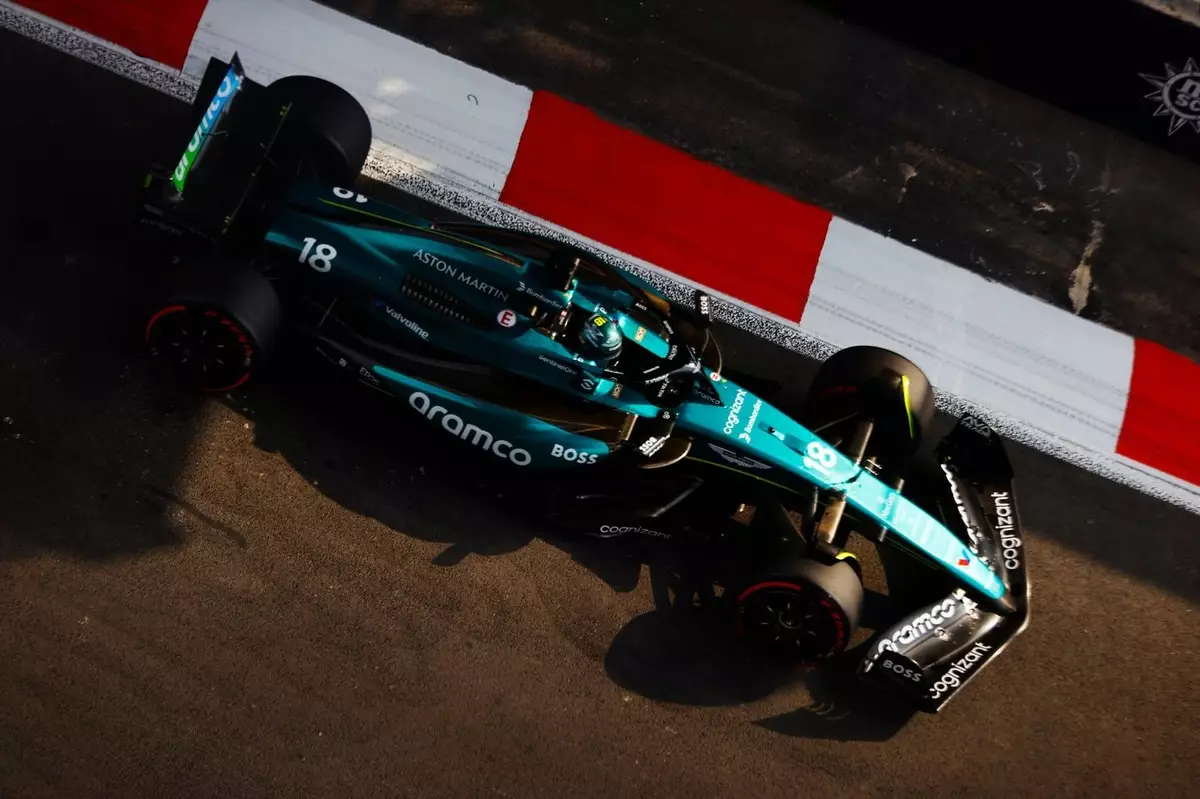As Formula 1 prepares to embrace a radical overhaul of its technical regulations starting in 2026, thoughts turn to what this transition will entail. Pioneering figures in the sport, like Adrian Newey, who is set to join the Aston Martin team, have been quick to examine how this change might affect the dynamics of the competition. The assertion is that the introduction of new engine specifications could integrate a dominant engine formula in the early years, reminiscent of the power struggles seen when hybrid technology was first introduced in 2014.
One of the most significant changes to the regulations is the shift from complex and costly MGU-H components to a focus on the more potent MGU-K systems. This switch aims to create a more sustainable model by relying on hybrid engines powered partially by eco-friendly fuels. However, such a drastic change often creates an environment ripe for one manufacturer to outperform the others. Newey’s insights suggest that historical trends indicate this could lead to a scenario where a single engine supplier seizes the lead, much like Mercedes did a decade ago.
The potential for early dominance arises from the simultaneous adjustment of both chassis and power unit regulations. Newey cleverly notes that this unique condition in the technical landscape leads to an “extra dimension,” where manufacturers need to find a balance between chassis design and engine performance. The immediate future may witness a power-unit-dominated series, leading to questions about competitiveness among teams. If one manufacturer gains an edge in engine performance early on, it may create a powerful precedent that could shape the trajectory of the championship.
Newey’s analysis also sheds light on the challenges posed by regulatory constraints. The overall competitiveness could hinge upon how well each team can adapt to new fuel specifications and engine designs. If a team manages to create a superior combustion engine early in this regulatory cycle, the long-term ramifications could prevent others from catching up, especially with guidelines that protect the leading teams. Conversely, because electrical performance can often be adjusted more rapidly, those progressively lagging behind in this domain might still have opportunities to make up ground.
He draws attention to the brand new partnerships emerging due to the regulatory environment. Aston Martin’s collaboration with Honda and their use of Aramco-sourced sustainable fuel illustrates the extent to which teams are willing to innovate and adapt. However, not all teams will have the same level of support. Teams with strong financial backing are more likely to excel in this evolving landscape, while those lacking resources may find it increasingly difficult to remain competitive.
As the grid evolves, notable changes also include the entry of new power unit manufacturers like Audi and Cadillac, alongside the established forces of Mercedes, Ferrari, and Honda. This diversification can lead to an interesting dynamic as traditional stalwarts face competition from fresh blood entering the fray. Each manufacturer brings unique strengths and weaknesses, which could level the playing field in unexpected ways.
Yet, amid the excitement of new entrants, there’s a notable absence: Renault has decided to scale back its commitments by discontinuing its power unit program. The implications of such moves will be intricate as teams like Alpine shift their allegiances to other established manufacturers. The fluctuating alliances in the paddock raise questions about stability and consistency, crucial elements for teams aiming to build a successful competitive strategy.
Adrian Newey’s forthcoming role at Aston Martin brings a wealth of experience and insight, especially as he prepares to tackle the challenges posed by the 2026 regulations. While he emphasizes concentrating on developing the 2026 car, there’s an acknowledgment that involvement in the 2025 season will remain part of his remit as well. His cautious optimism about familiarizing himself with the new rules indicates the complexities that lie ahead, requiring delicate navigations between innovation and regulation adherence.
The 2026 regulations symbolize a new chapter in Formula 1’s storied history. The changes promise to shape the competition significantly, with early advantages likely determining the fortunes of teams for seasons to come. As the sport gears up for this evolution, all eyes will be on how effectively the teams can adapt and innovate in response to these sweeping transformations.


Leave a Reply